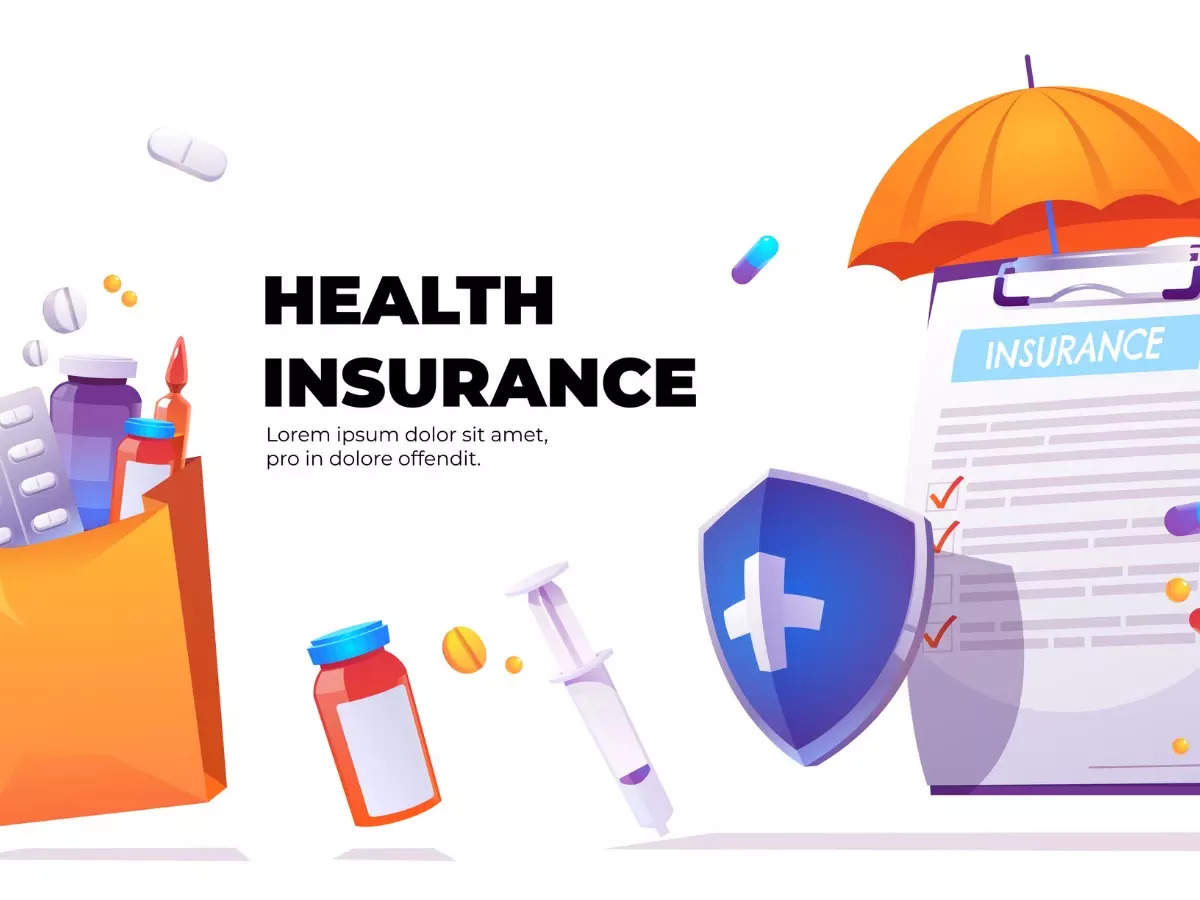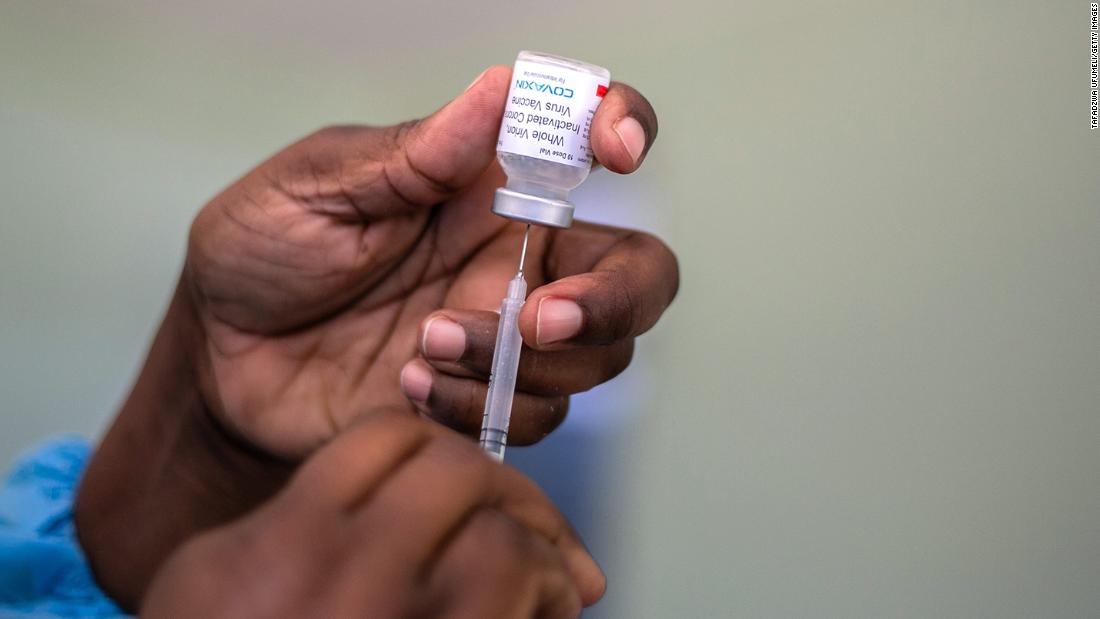Choosing the right health insurance plan in New York can be a
daunting task, given the myriad of options available. Health insurance is
essential to safeguard your well-being and financial security. In this
comprehensive guide, we will walk you through the step-by-step process of
selecting the best health insurance plan in New York. We will cover everything
from comparing health plan networks, understanding the average cost of health
insurance, the impact of plan tiers and family size on costs, to exploring
different types of coverage and ways to save money.
Step-by-Step Guide for the Best Insurance
Assess Your Needs: The first step in choosing health insurance in New York is to assess your healthcare needs. Consider factors like your age, health condition, and any specific medical needs. If you have a family, consider their health requirements as well.
Compare Health Plan Networks: New York has a variety of health insurance providers, each with its network of doctors, hospitals, and clinics. Ensure that your preferred healthcare providers are part of the plan's network to maximize your coverage and minimize out-of-pocket expenses.
Average Cost of Health Insurance: The cost of health insurance in New York can vary widely. Factors like your age, location, and plan type influence the cost. On average, individuals can expect to pay around $500 to $1,000 per month for a health insurance plan, while family plans can range from $1,200 to $2,500 per month.
How the Plan Tier Affects Costs: Health insurance plans in New York are categorized into tiers – Bronze, Silver, Gold, and Platinum. Bronze plans have lower premiums but higher out-of-pocket costs, while Platinum plans have higher premiums and lower out-of-pocket costs. Choose a tier that aligns with your budget and anticipated healthcare needs.
How Family Size Affects Costs: Adding family members to your health insurance plan increases the premium. Most plans charge per person, so consider your family size when budgeting for health insurance. Some plans offer lower costs for children.
Choosing the Best Health Insurance: To find the best health insurance in New York, it's crucial to compare plans based on your specific needs and budget. Consider factors like deductibles, copayments, and maximum out-of-pocket expenses. Online comparison tools and insurance brokers can be valuable resources.
Types of Health Insurance Coverage
Short-Term Health Insurance: Short-term health insurance plans provide temporary coverage and are ideal for individuals facing gaps in their insurance, such as during job transitions. Keep in mind that these plans may not offer comprehensive coverage.
Medicaid Health Insurance Coverage: Medicaid is a government-funded program that provides free or low-cost health coverage to eligible low-income individuals and families. To determine eligibility and apply for Medicaid, visit the New York State of Health website.
Child Health Coverage: The Child Health Plus program in New York offers affordable health insurance for children under 19, including dental and vision coverage. It is a valuable option for families seeking comprehensive care for their kids.
Individual and Family Health Insurance Companies in New York: New York boasts numerous health insurance providers, including Empire BlueCross BlueShield, Fidelis Care, Healthfirst, and Oscar Health. Research and compare these companies to find the one that best suits your needs.
Saving Money on Health Insurance
Consider High-Deductible Plans: High-deductible health plans often have lower premiums. While you'll pay more out-of-pocket for medical expenses, these plans typically come with Health Savings Accounts (HSAs), which allow you to save pre-tax dollars for healthcare expenses.
Explore Government Subsidies: Depending on your income and family size, you may qualify for government subsidies through the New York State of Health exchange. These subsidies can significantly reduce your monthly premium costs.
Utilize Preventive Care: Many health insurance plans cover preventive services like vaccinations and screenings at no cost to you. Take advantage of these services to stay healthy and avoid costly medical bills down the line.
Shop Around Annually: Don't stick with the same health insurance plan year after year without reevaluating your needs. Circumstances change, and there may be a better plan available for your current situation.
The Best Health Insurance Plan
Customize Your Plan: The best health insurance plan is one that aligns with your specific needs and budget. There is no one-size-fits-all solution. Customize your plan to ensure you have adequate coverage for your unique healthcare requirements.
Consider Comprehensive Coverage: While plans with lower premiums may seem attractive, they may not provide the comprehensive coverage you need. Balance your budget with the level of coverage necessary to protect your health and finances.
How Health Insurance Covers Expenses
Premiums: Premiums are the monthly payments you make to your health insurance provider to maintain coverage. Paying your premiums on time is essential to keep your policy active.
Deductibles: Deductibles are the amount you must pay out-of-pocket for covered services before your insurance starts covering costs. Higher deductible plans usually have lower premiums but require you to pay more upfront.
Copayments and Coinsurance: Copayments are fixed amounts you pay for services like doctor visits or prescriptions, while coinsurance is a percentage of the cost you're responsible for after meeting your deductible.
Maximum Out-of-Pocket Costs: Health insurance plans have maximum limits on the amount you can spend out-of-pocket in a year. Once you reach this limit, your insurance should cover all eligible expenses.
New York Medical Insurance Statistics
New York's Uninsured Rate: In recent years, New York has made significant progress in reducing the number of uninsured residents, thanks in part to the Affordable Care Act (ACA). The uninsured rate is currently below the national average.
Coverage for Pre-Existing Conditions: The ACA ensures that individuals with pre-existing conditions cannot be denied coverage or charged higher premiums.
Health Insurance Plans for Every Stage of Life
Dental Insurance: Dental coverage is often separate from medical insurance. Consider adding dental insurance to your plan or purchasing a standalone dental policy for comprehensive oral care.
Vision Insurance: Like dental insurance, vision coverage is usually separate. Regular eye exams and prescription glasses or contact lenses can be expensive without vision insurance.
Short-Term Plans: Short-term health insurance plans are ideal for individuals in transitional phases, such as recent graduates or those between jobs. They provide temporary coverage until you secure long-term insurance.
Medicare: Medicare is a federal health insurance program for individuals aged 65 and older or those with certain disabilities. It includes various parts, such as hospital insurance (Part A) and medical insurance (Part B).
Should You Include Parents in Group Medical Insurance?
Consider Their Needs: Including parents in your group medical insurance plan can be a good option if they meet the eligibility criteria. Assess their healthcare needs and financial situation to determine if it's beneficial.
Cost Considerations: Adding parents to your plan may increase your premiums. Compare the cost of adding them to the cost of separate coverage for them to make an informed decision.
Choosing health insurance in New York is a crucial decision that requires careful consideration of your individual and family needs. Follow this step-by-step guide to make an informed choice that provides the coverage you need while staying within your budget. Remember to regularly review your health insurance plan to ensure it continues to meet your changing needs and circumstances. Health insurance is an investment in your well-being and financial security, and selecting the right plan is a vital step toward a healthier, more secure future.








 English (US) ·
English (US) ·